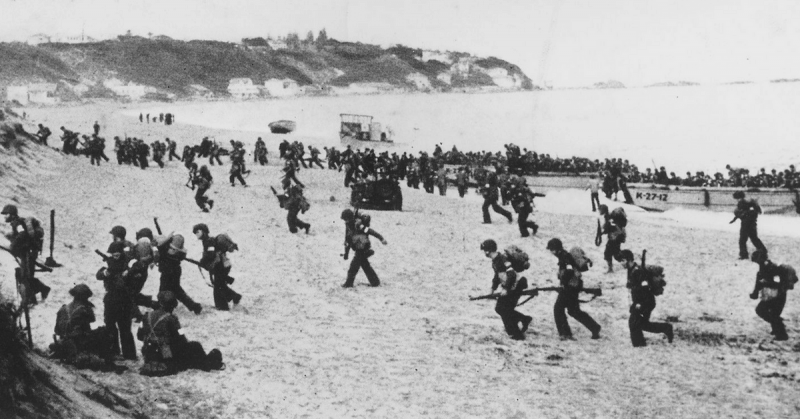North Africa was one of the great battlegrounds of the Second World War. From early on, British and Commonwealth forces faced German and Italian troops across the northern desert. In 1942, they were joined by the Americans in an invasion of Vichy and German-occupied French-North Africa, which was named Operation Torch.
Torch saw the emergence of tensions between British and American forces, tensions which would add a bitter taste to the whole campaign and continue to poison their attempts to cooperate as they moved on to Europe.
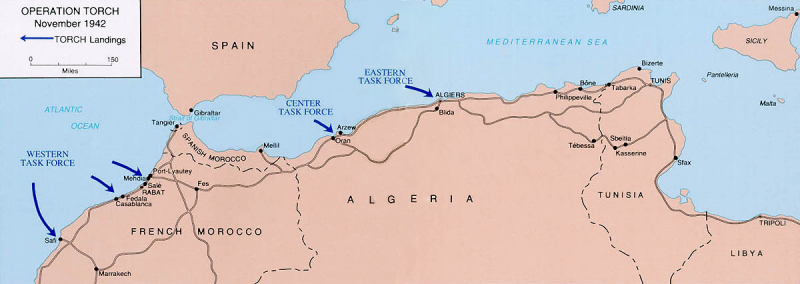
A Disorganized Start
Torch was launched in haste and amid much confusion.
No-one knew what sort of response the Allies would meet. British and Commonwealth forces under General Montgomery had the German Field Marshal Rommel on the retreat, but retreats had been turned around before in the African Theater. The loyalties of the Vichy French were uncertain. While many would be glad of a chance to fight the German invaders, while others had thrown themselves too wholeheartedly behind the Axis to switch. Bitterness remained over the way the British had sunk the French fleet at Mers-el-Kébir rather than risk the Germans capturing it.
In a rush to prove that the Americans had joined the fight, the powers behind Operation Torch used whatever troops they could get, many of them poorly trained for the task. The Americans were inexperienced, fresh to the war.
Torch Stalls
Starting on the 8th of November, 1942, the Allies succeeded in their initial aim of landing in three distinct areas – the Moroccan Atlantic coast, the Algerian port of Oran, and the port of Algiers. There was bitter fighting by Oran’s French defenders, but the others surrendered, making the initial landings a success.
In Morocco, the American General Patton settled in to train his troops before advancing further. Meanwhile, Axis forces prepared for a determined defense of what they held. An Anglo-American force under the British General Anderson twice failed to capture Tunis, being halted by an Axis counter-attack on Christmas Day.
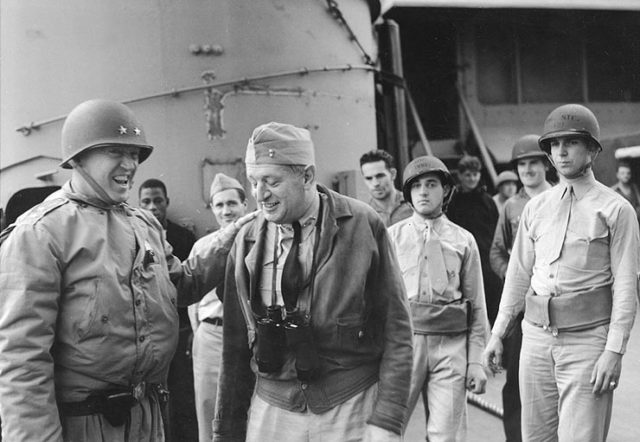
A Tense Winter
The Allies were now forced to wait out an uncomfortable winter. Rains turned the ground to mud, straining already tenuous supply lines. Bar room brawls broke out between American and British soldiers. Even among the senior officers, bitter arguments began, forcing Eisenhower, the man in charge, to stamp down on anti-British sentiment among his own staff.
The problem stemmed from different experiences and attitudes. Britain had been a global power for centuries and had been fighting in North Africa since 1940. The Americans, the product of a peacetime military, struck them as brash, boastful, and inexperienced. The Americans, seeing themselves as rescuers bringing much-needed resources, found the British cold, patronizing, and ungrateful.
Shelving Satin
The abandonment of Operation Satin both highlighted and exacerbated these tensions.
Satin was the brainchild of Eisenhower’s planning team. It was a plan for American and French forces to punch through the Eastern Dorsal mountains to the coast, cutting off General von Arnim’s forces from the rest of the German retreat.
In January 1943, Satin was proposed at a conference in Casablanca between Churchill and Roosevelt. Believing that the inexperienced American and French troops could not beat the hardened German Panzer divisions, the British strongly opposed the plan, and it was abandoned.
The Americans had been robbed of a chance to prove themselves, thanks to the British sense of superiority they already loathed so much.
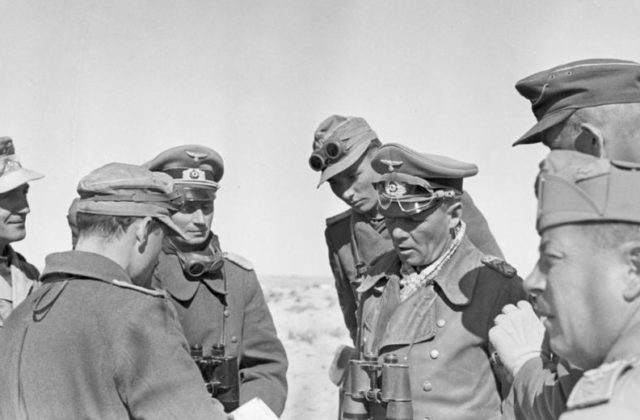
Rommel’s Revenge
A further blow was about to be struck against American morale, as Rommel prepared his counter-stroke.
On the 14th of February, 1943, Rommel over-ran the Americans at Sidi Bou Zid. An American counter-attack, though assembled with impressive speed, was a total disaster, leading to thousands of losses. Five days later, Rommel attacked again, this time at the Kasserine Pass. The American defenders impressed the German commander with their tactical cunning but still could not win over their own allies. With the Americans forced to withdraw, it was the British who fought a brilliant delaying action that robbed Rommel of strategic victory, and which in British eyes reinforced their superiority over the Americans.
The Fredendall Problem
Adding to Eisenhower’s problems was one of his generals, the fiercely anti-British General Fredendall. A friend of the US Army Chief of Staff, Fredendall could not be easily replaced. So Eisenhower sent another of his officers, General Harmon, to assess the situation at Fredendall’s II Corps HQ.
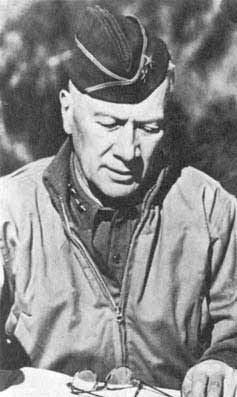
What Harmon found when he arrived on the 23rd of February came as a great shock. Fredendall was so nervous that he was considering moving his headquarters in the middle of the night. Following Harmon’s arrival, Fredendall took to his bed for a day. Not only was he biased against the British, but he was failing utterly in his command.
Harmon took over the situation. He visited nearby British troops holding off the 10th Panzers and then threw American forces in to back them, countermanding Fredendall’s previous orders.
Harmon wrote to Eisenhower that Fredendall was unfit for command, and Eisenhower dismissed Fredendall. Worried about the effect on public opinion, the army covered this up, claiming that Fredendall was returning home to use his experience in training troops.
Asserting the British Way
The British General Alexander had recently arrived to take over overall command. He had no faith in the Americans, and would not follow Eisenhower’s preferred approach of treating the alliance as one between equals. It could have been a recipe for disaster.
Instead, Alexander began turning the situation around. Rather than simply push the Americans aside, he insisted that British professionalism be brought to bear across the Allied forces. British officers established training programs to prepare the Americans for battle.
Alexander earned the respect of American officers. That their troops lacked experience was unavoidable – training provided a solution, where previous they had simply been put down.
Patton and Ryder
Three generals would now prove the mettle of the Americans.
Patton, taking over from Fredendall, turned II Corps around, creating an efficient and aggressive military machine. He began a successful offensive on the 16th of March, and days later smashed a German battle group at the Battle of El Guettar. His advance put the Allies back on the offensive, and soon the Germans were in retreat.
Ryder, leading the 34th Division, took and defended the crucial Hill 609 outside Bizerte in one of the fiercest battles seen in the campaign.
Harmon, leading the 1st Armored Division, smashed through the German lines, cutting off their retreat. Von Arnim and 250,000 veteran troops were forced to surrender.
The Americans had done more than enough to prove their worth, but the British still lacked faith in them. Conflicts would continue into the invasion of Italy. But at least now they could work together. Most importantly, Africa had been won.
